
historian
History of the Hungarian Secret Police (5)
[This article is welcome to be forwarded and collected, and cannot be reproduced by yourself. If you need it, please contact me]
Title image: Former Hungarian Ministry of Internal Affairs Headquarters
Chapter 5 The Kingdom within the Kingdom
On July 14, 1949, shortly after Rajk's arrest, Lieutenant General Pálffy György, Director of the Military Political Bureau, Deputy Minister of Defense, Inspector General of the Hungarian People's Army, Member of the Central Executive Committee of the Hungarian Workers' Party, was also arrested by the State Security Agency , and was executed on September 24. After his death, the Political Bureau of Military Affairs and the Hungarian Border Guard were merged in 1950 into a new organization, subordinate to the State Security Service (from which the Military Intelligence Service was spun out and directly under the head of the Chief of General Staff of the Hungarian People's Army). In the early 1950s, the National Security Agency came out of the interior department and became an independent department. So far, Hungary's secret police are divided into two categories in terms of military uniforms: "Blue Guoan" and "Green Guoan". The blue arms belong to the National Security Agency, and the green arms belong to the Border Guard. The colors of the military are distinguished by the cap wall, collar patch, and epaulette trim on the uniform.
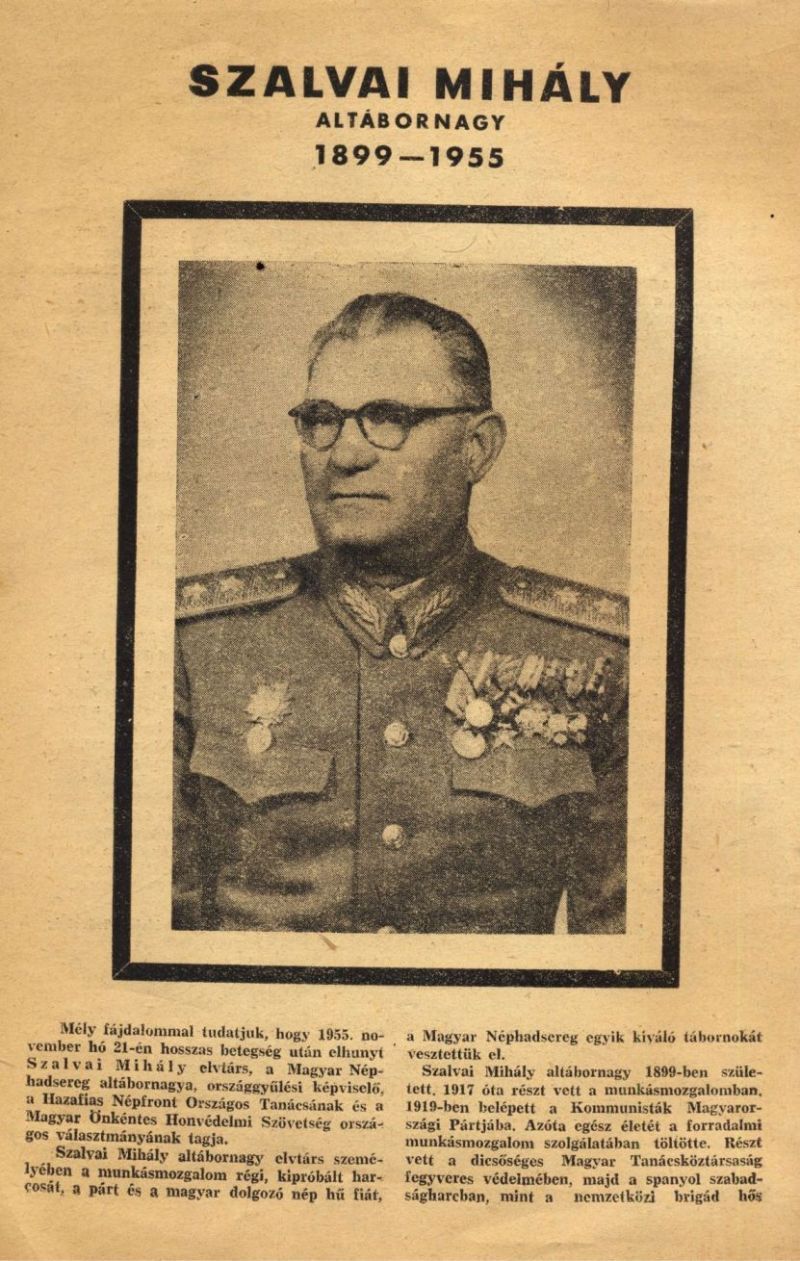
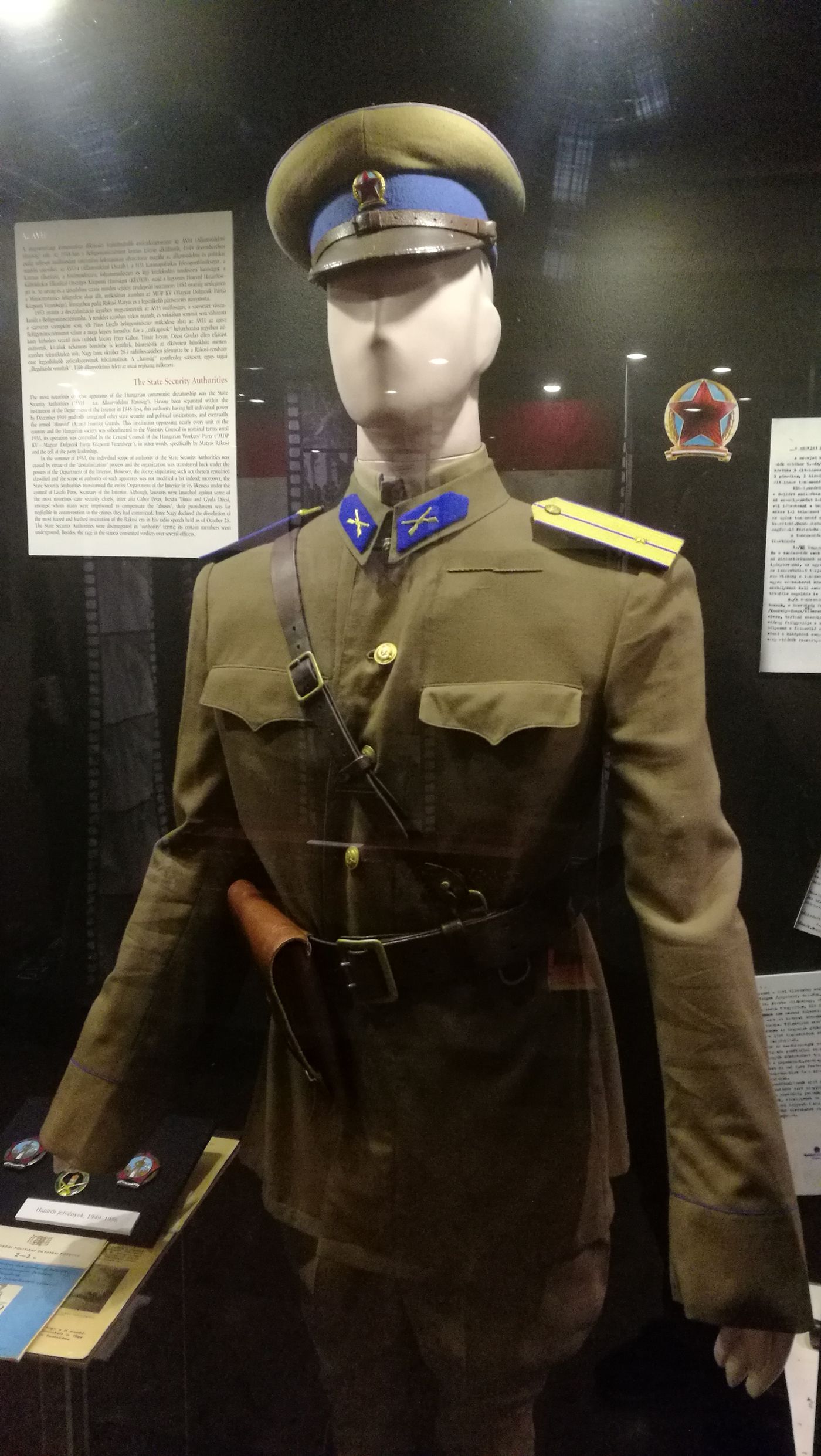
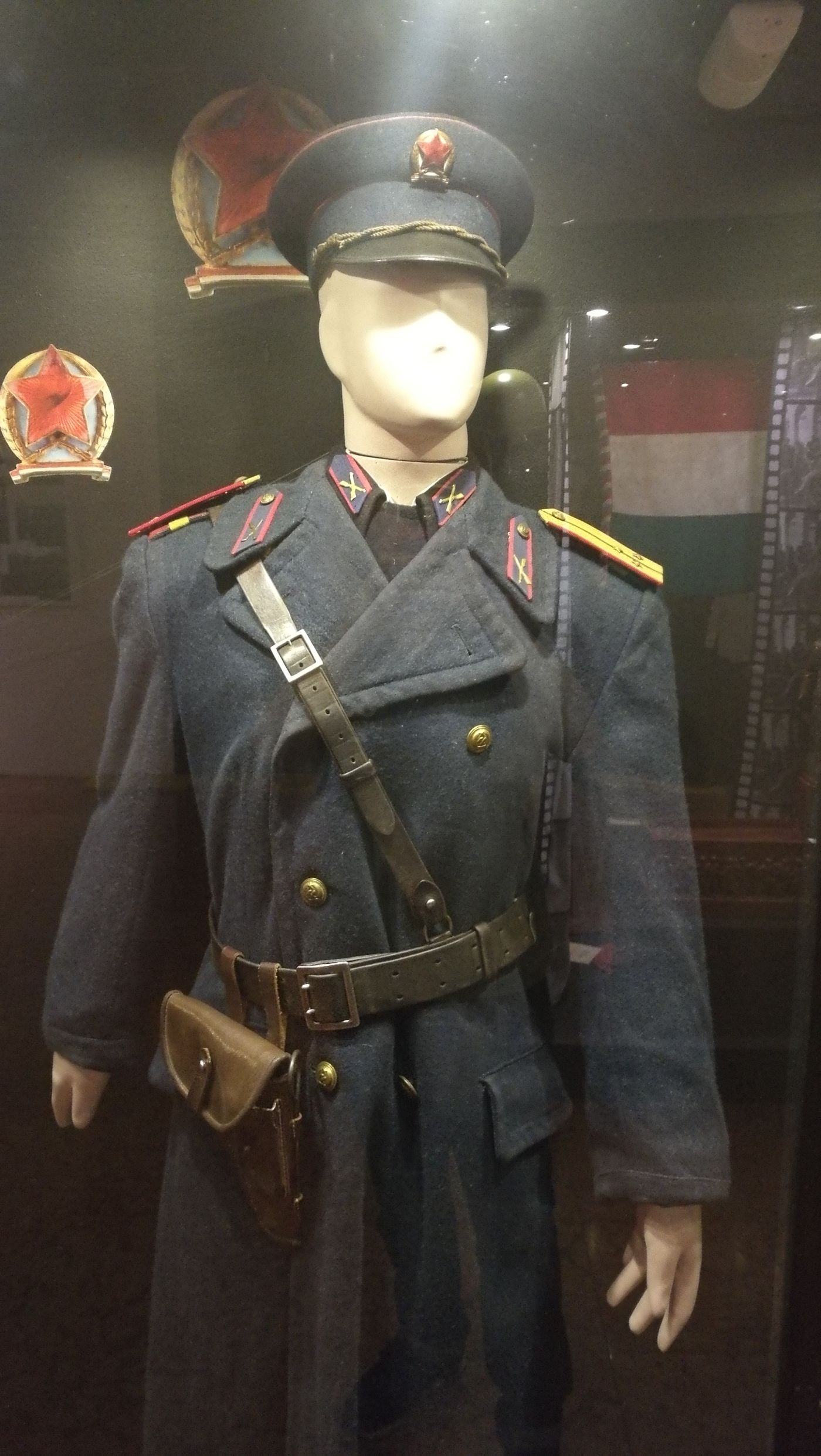
After the reorganization, the power of the National Security Agency also reached its peak from 1950 to 1953. In 1951, the rural organizations of the National Security Agency were incorporated into the county administrative system. The previous 8 rural state security bureaus were abolished, and national security bureaus were established in 19 counties and the capital Budapest. In the same year, the intelligence agency became an independent department VIII, and the technical department was separated from the operational department and became an independent department. After absorbing the border guards, the National Security Agency has 35,000 to 45,000 employees, holds information on 1.2 million Hungarians, and monitors every aspect of people's lives, even the award of degrees. According to a 1952 letter cited by the Hungarian scholar Müller Rolf, a doctoral candidate must obtain a degree not only with the approval of the Administrative Affairs Department of the Politburo, but also with the approval of the National Security Agency. [1]
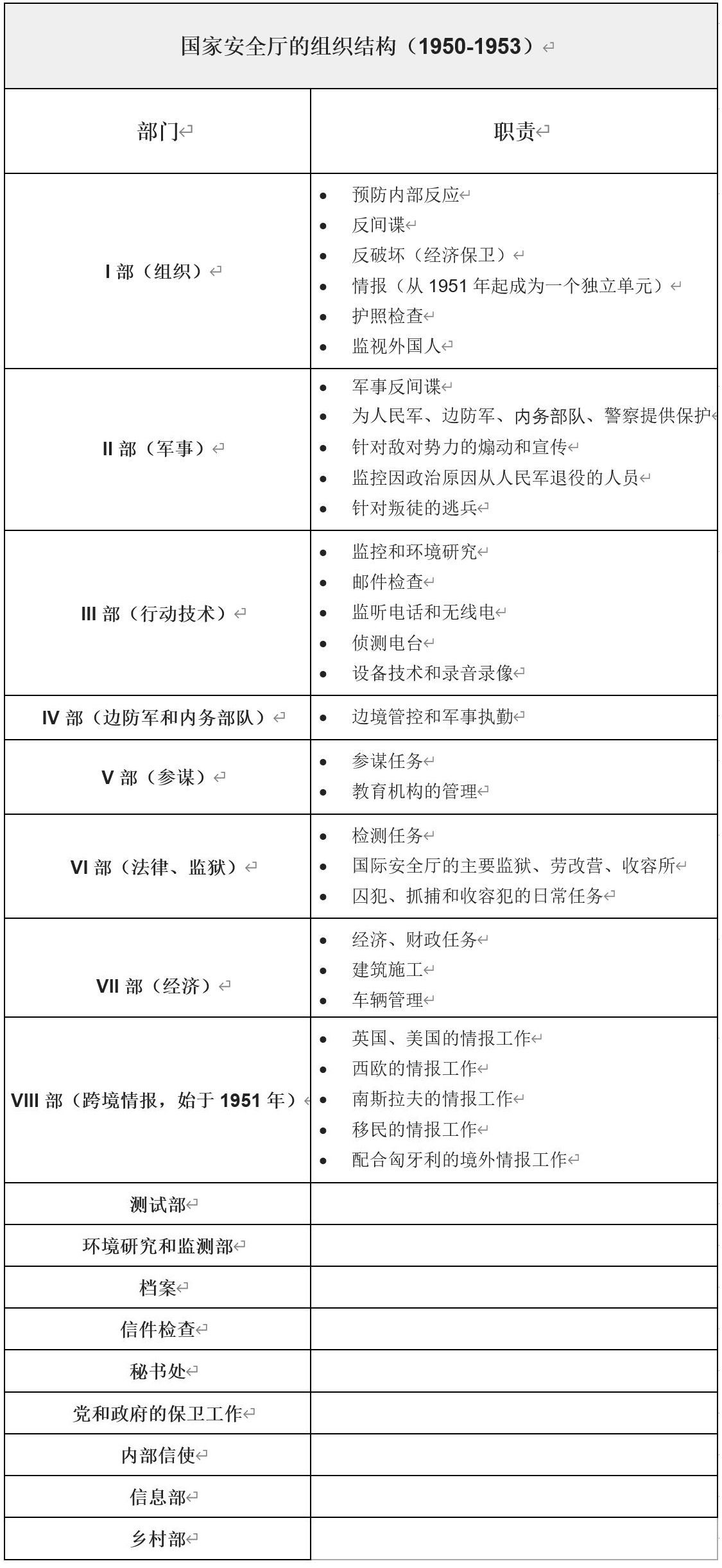
The people running this massive surveillance machine are Péter Gábor and his two deputies: Colonel Szücs Ernő and Colonel Décsi Gyula. The fates of the two men were very different.
Born into a Jewish family, Szücs Ernő was jailed twice for his communist activities during the Horti regime. After being released in 1941, he went to the Soviet Union, then joined the NKVD and participated in the Great Patriotic War of the Soviet Union, receiving the "Defense of Moscow" medal. He married a Soviet citizen and became a naturalized Soviet citizen, and had a good relationship with Abakumov. After World War II, he returned to Hungary, where he worked in the Publication Administration Branch under the Ministry of Internal Affairs, before being transferred to the National Political Police. He played a vital role in Rajk's trial. But the good times did not last long. In 1950, Szücs and his brother Miklós were arrested by order of Rakosi. On November 21, 1950, they were tortured to death in prison. In 1967, his wife wrote to Kadar asking for permission to visit her husband's cemetery with her children, but was denied permission.
Born into a German family, Décsi Gyula nearly became a priest before suddenly turning to communist beliefs. Participated in several trials during his tenure at the National Security Agency, including Rajk, Bishop Mindszenty, etc. In June 1950, he was appointed Secretary of State for the Ministry of Justice. January 27, 1951-November 14, 1952 First Deputy Minister of Justice; November 15, 1952-February 2, 1953 Minister of Justice. He was arrested in January 1953 and sentenced to nine years in prison. After being released in 1957, he led the compilation of the dictionary at the Press of the Hungarian Academy of Sciences, and retired from this position.
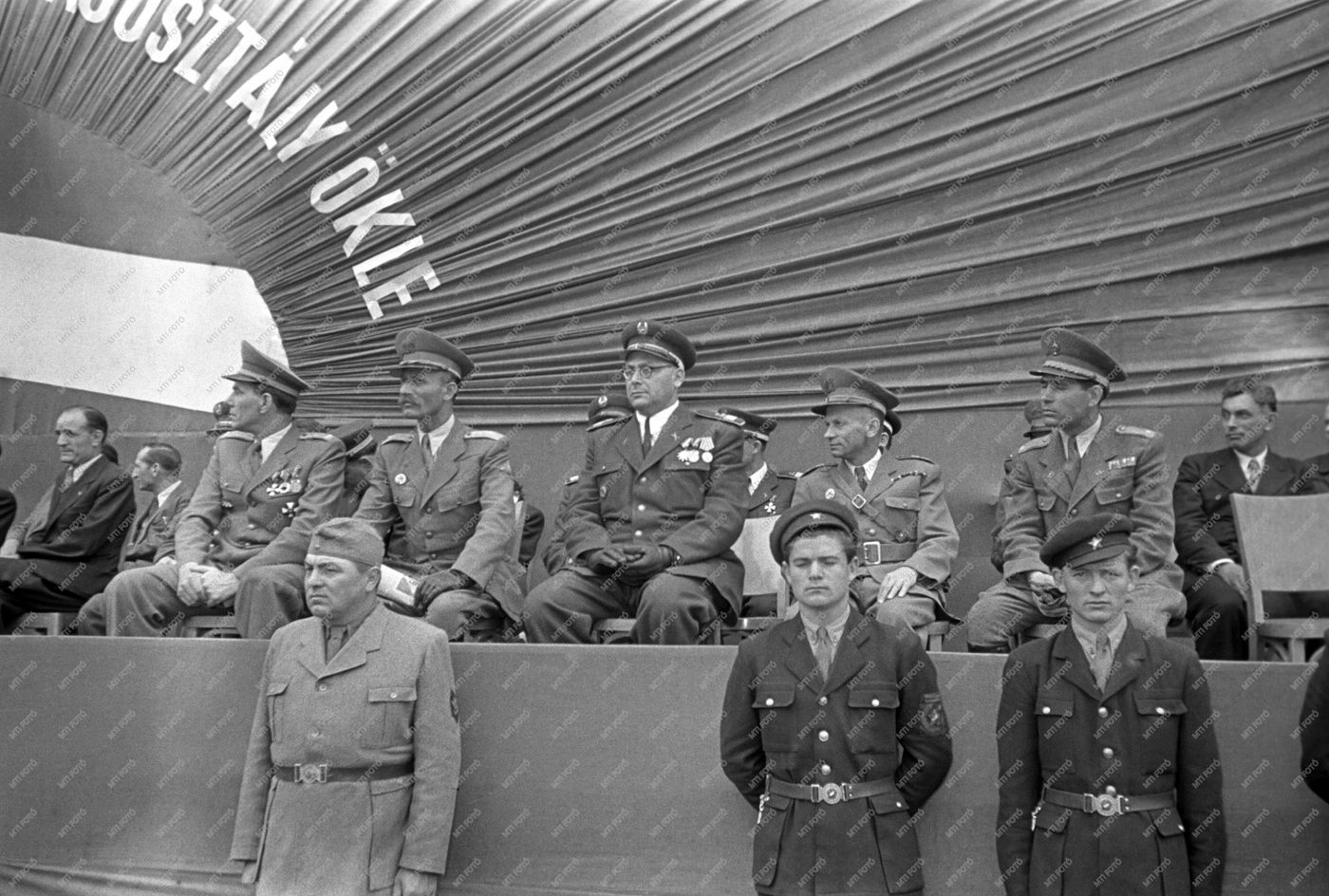
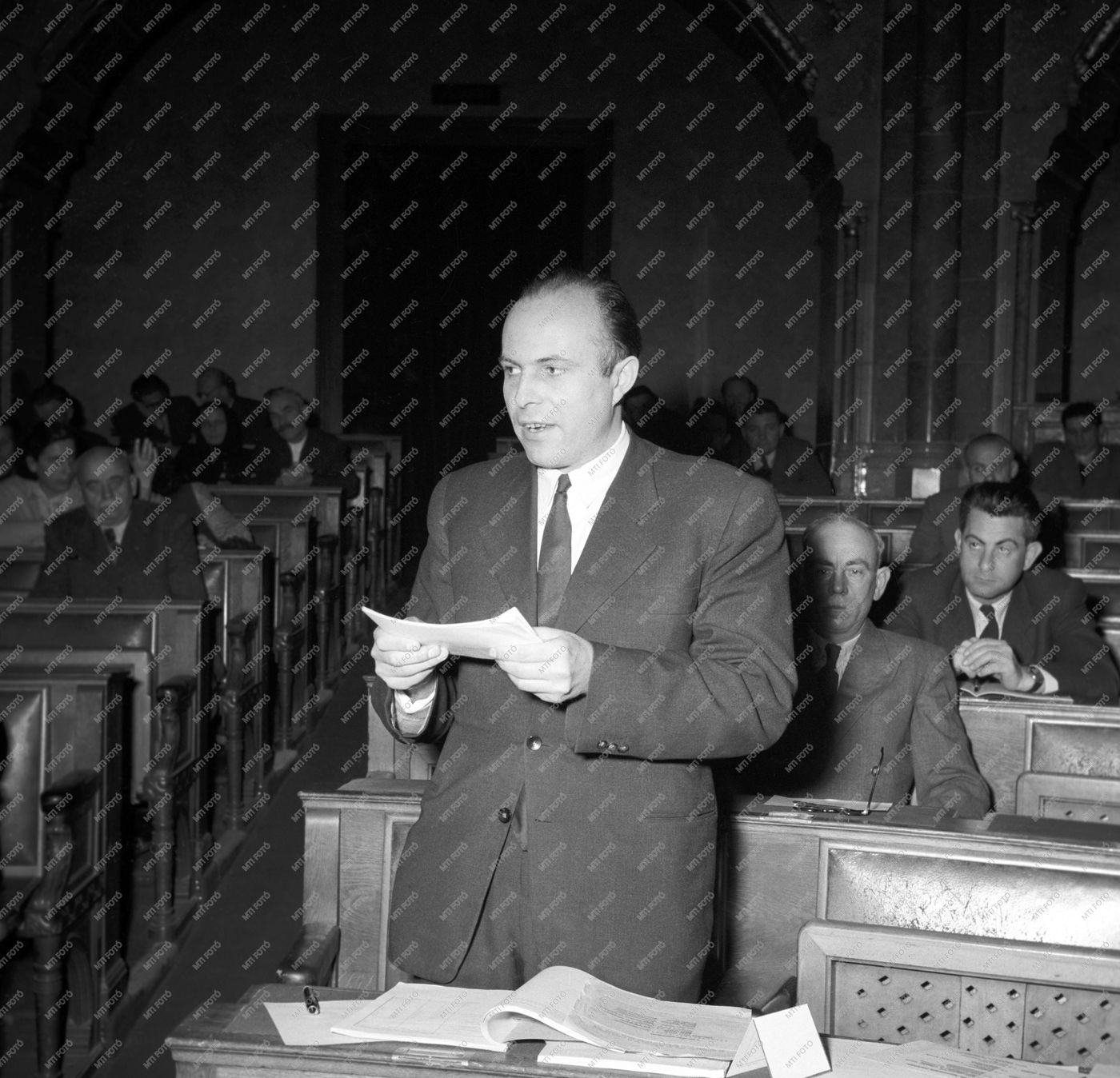
As mentioned in Chapter 2, the Hungarian Communist Party absorbed a lot of rabble (or "rogue proletarians") at the beginning of its establishment, and these people were assigned to various organizations of the Hungarian Communist Party, including, of course, the National Security Agency. Among the middle and low-level officers of the National Security Agency, members of the former Arrow Cross Party account for a considerable proportion. These people who have milk are mothers will work harder for the secret police after they have obtained the political promise of the Hungarian Communist Party. Some high-ranking officers also served for Arrow Cross, but they did not deny it. One of the lieutenant colonels told Paul Ignotus: "It's all right, now the Arrow Cross is not the most dangerous, the SPD elements and Tito elements are the real enemies." [2] The most notorious of them was Lieutenant Colonel Princz Gyula. A coal miner, he joined the Social Democratic Party in 1936 and the Communist underground resistance group in 1944. [3] After the end of World War II in 1945, he served in the Political Police. He was the head of torture at the National Security Agency (this is confirmed by Paul Ignotus, who met Princz Gyula after his arrest). He personally organized the torture of Rajk, and his men also tortured the Interim Government's Minister of Justice, Dr. Ries István, the Social Democratic Party leader Szeder Ferenc, the brothers Szücs Ernő and Szücs Miklós. He also participated in the construction of the Reichcroft camp. From 1950, he served as Minister of Prisons. In 1952, he was transferred to the Prison Bureau of the Ministry of the Interior and was promoted to Colonel. After the arrest of Péter Gábor in 1953, he followed suit. Sentenced to eight years in prison in 1954. After his release, he worked as a bartender in the Budapest Catering Company until his death in 1969.
The National Security Agency had nearly 30,000 employees in 1950, and the expenditure must have been considerable, but officials never released how much taxpayer money was spent on the violent agencies that surveiled and suppressed them. According to data provided by Paul Ignotus, the salaries of officers and non-commissioned officers of the National Security Agency are comparable to the corresponding ranks of the People's Army or Civil Police, and there is also a bonus as compensation for "high-risk jobs". But in fact, rank and salary are not directly linked. For example, a lieutenant may command a squad, and the captain in the squad is his subordinate, and the salary is lower than that of the lieutenant; another example, a corporal can give orders to a sergeant, which Salary is also higher than sergeant. The department with the most disorganized salaries in the National Security Agency is the "Operation Team," which is tasked with monitoring the agency's own personnel.
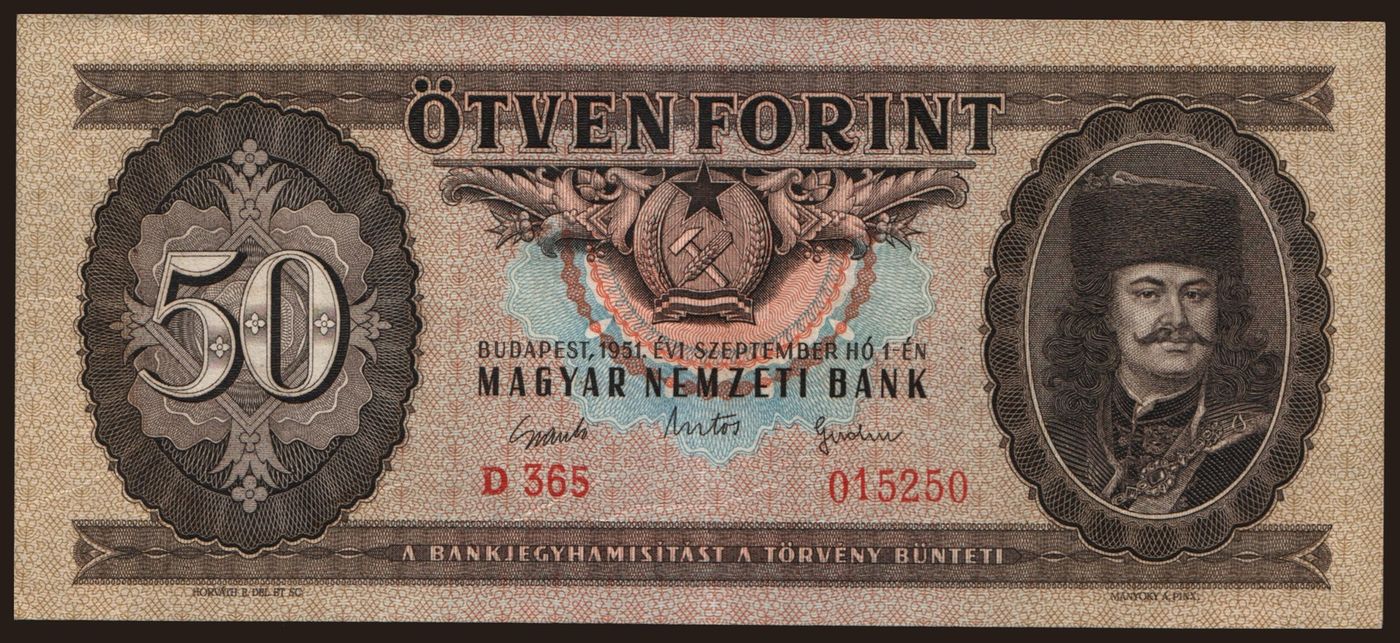
The average monthly salary of a national security lieutenant or non-commissioned officer is conservatively estimated to be about 5,000 forints, the average salary of skilled workers is 900-1,100 forints, and the average salary of ordinary workers is about 600 forints (the official exchange rate is 11.6 forints = 1 US dollar). The monthly salary of Colonel Guoan is about 8,000-10,000 forints. In addition, the property seized and confiscated by the National Security Agency is also distributed as a benefit to the secret police at all levels, ranging from clothing and jewelry to real estate. [4] For example, after Princz Gyula tortured the Szücs brothers to death, millions of forints worth of jewelry and cash were found in the basement of their home. Another source of income is the money from the sale of products produced by inmates in the labor camps. These incomes are usually transferred to the small coffers of the National Security Agency, or allocated to the Ministry of Special Economics (KOMI) to participate in black market transactions. The State Security Service was also occasionally involved in money laundering, obtaining more than 2 million West German marks from the Stasi on more than one occasion. The National Security Agency keeps a precise figure all year round: 13.16 million forints. Individual officers also earn extra money by illegally selling passports. These acts of illegal income earning are acquiesced, even encouraged, by the National Security Agency. The use of positions by national security agencies to embezzle money and bend the law has never been an isolated case, and it has never stopped. On December 27, 2018, former Deputy Minister of State Security Ma Jian and others were sentenced for accepting bribes.
With ample funding, the National Security Agency launched a new round of political purges. This time the targets were SPD members and the local faction of the Hungarian Communist Party. In April 1950, Sakasic was arrested, forced to admit to being a spy for the capitalist state and sentenced to life in prison, followed by the arrest of almost all Social Democrats (about 4,000) and the forced resignation of 5,000 union officials. The United Nations condemned the flagrant violations of human rights by the Hungarian government in the two show trials of October 5 and November 3, 1950, and rejected the Hungarian People's Republic to join the United Nations (until 1955). Gives them more excuses to purge dissidents. Kadar resigned as interior minister under pressure from Rakosi. He thought he could avoid disaster by retreating quickly, but this time he was wrong, he and the new interior minister Zöld Sándor (Zöld Sándor). At the end of March 1951, Qadar was arrested. Terrified, Zolder shot and killed his wife and children and then committed suicide. This is by no means an isolated case. In those absurd times, there were countless suicides. In the summer of 1951, 15,000 people from bad backgrounds in Budapest were driven out of their homes and sent to villages in the Great Plains of southeastern Hungary for labor reform, while senior party officials took the opportunity to carve up their estates. One SPD member recalled:
I live in fear every day, and at night just hear the sound of a car or truck and guess: "Who's turn is it this time?" People taken away by cars will be sent to the headquarters of the National Security Agency, people taken by trucks will be sent to the headquarters of the National Security Agency. Directly to deportation camps... Deportation camps are similar to prisons or labor camps, the conditions are poor, and there is no food to eat. In the past, the upper class and middle class were openly discriminated against: the school's student file had a class column, and children from the "exploiting class" would be kicked out of colleges and universities, and were frequently criticized in front of other students, recounting the heinous crimes of their fathers and grandparents.

According to incomplete statistics, from 1949 to 1953, a total of 750,000 Hungarians were accused of opposing the state, of which more than 200,000 were sentenced to prison, detention or re-education through labor, and more than 2,000 were sentenced to death. Death by torture or overwork. [6] The abuse of power by the secret police caused society to be enveloped in deep fear and hatred. Mindszenty József, then the archbishop of Estergen, had long opposed all kinds of political terror created by the Hungarian Communist Party. [7] The perversion of the Hungarian Workers' Party was unbearable even for some Soviet party members, and Nagy Imre, Lukács Gyurgi and others quit the Politburo.
Political terror in Hungary eased in March 1953 when news of Stalin's death came from the Soviet Union. The death of this executioner with blood on his hands brings a glimmer of hope to the struggling peoples of Eastern Europe and the Soviet Union. In July, Najib's inauguration as chairman of the Council of Ministers will be a turning point for Rakosi and the National Security Agency.
Notes:
1 ^ Tulipán, Éva. The Hungarian Historical Review 3, no. 2 (2014): 452-55. Accessed August 5, 2020. www.jstor.org/stable/43265215.
2 ^ Paul Ignotus, 21.
3 ^ Paul Ignotus claims he joined Arrow Cross in 1944.
4 ^ Paul Ignotus, 22.
5 ^ Bryan Cartledge, 426.
6 ^ Bryan Cartledge, 425.
7 ^ Bishop Mindszenty was arrested and sentenced to life in prison on December 26, 1948. He was released during the events of 1956. After the Soviet invasion, he took refuge in the American embassy. He was allowed to leave Hungary in 1971 and went to Vienna. He died in 1975. The "House of Horrors" museum has a dedicated room dedicated to Bishop Mindszenty and the Catholic Church.
references:
Andrew Felkay. Hungary and the USSR, 1956-1988: Kadar's Political Leadership. Praeger, 1989.
Bryan Cartledge. The Will To Survive: A History Of Hungary , New York: Columbia University Press, 2011.
George Mikes. A Study of Infamy: The operations of the Hungarian Secret Police (AVO) . London: Andre Deutsch, 1959.
Gyarmati György and Palasik Mária. Continuities-discontinuities: Secret Services After Stalin's Death in Communist Central and Eastern Europe . Budapest: Historical Archives of the Hungarian State Security, 2017.
János M. Rainer, Lyman H. Legters (Translator). Imre Nagy: A Biography . London: IB Tauris, 2009.
Jonathan R. Adelman, ed. Terror and Communist Politics: The Role of the Secret Police in Communist States . Colorado: Westview Press, 1984.
Jörg K. Hoensch, Kim Traynor (Translator). A History of Modern Hungary: 1867-1994 , London: Longman, 1996.
Kiszely Gábor. ÁVH - Egy terrorszervezet története . Budapest, 2000.
Müller Rolf. Az erőszak neve: Péter Gábor . Budapest: Jaffa Kiadó, 2017.
Müller Rolf. Politikai rendőrség a Rákosi-korszakban . Budapest: Jaffa, 2012.
Paul Ignotus. “The AVH: Symbol of Terror.” Problems of Communism , (September 1957): 19-25.
Roger Gough. A Good Comrade: Janos Kadar, Communism and Hungary . London: IB Tauris, 2006.
Rudolf L. Tökés. Hungary's Negotiated Revolution: Economic Reform, Social Change and Political Succession . Cambridge: Cambridge University Press, 1996.
Victor Sebestyen. Twelve Days: The Story of the 1956 Hungarian Revolution . New York: Pantheon Books.
Like my work?
Don't forget to support or like, so I know you are with me..
Comment…